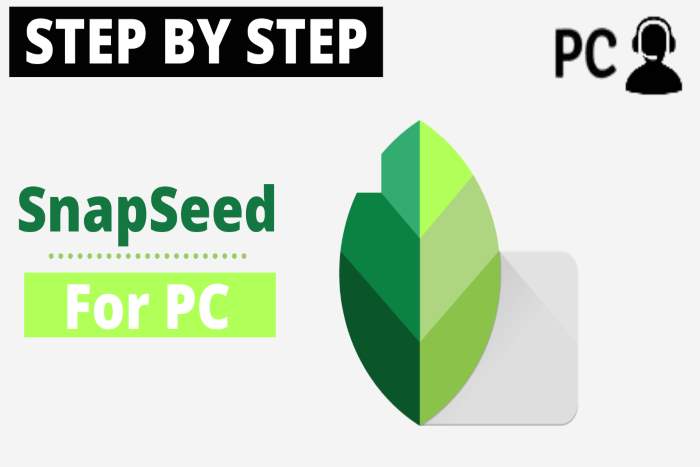

Later, this app was announced for Microsoft Windows on February 27, 2012.Īfter that, Google took over the SnapSeed app and released it for Android in December 2012. After gaining popularity among photo lovers, in August 2011, Nik launched SnapSeed for the iPhone.
#SNAPSEED FOR MAC IN U.S SOFTWARE#
SnapSeed is a prominent photo editing software that was developed by Nik Software in June 2011 for the iPad. That’s why we will present a comprehensive guideline on using the SnapSeed photo editing app. The dozens of tools and features can seem intimidating to many people. You will find all basic to advanced editing tools in the SnapSeed app. These features include RAW development, tune image, crop, rotate, perspective, brush, healing, vignette, lens, and so on. It offers numerous features to make your editing experience easier and enjoyable.

In this advancement of technology, SnapSeed plays an essential role in making your photo even more realistic. The advancement of technology takes the photography industry to the next level. This is because a photo is worth more than thousands of words. In the Details filter effect, sharpness and structure are increased to further enhance the effect.Nowadays, the importance of photo editing is higher than ever before. Fortunately for us, the guys at Nik software thought about this.ĥ. The next important part of the image is to have structure and sharpness. So again, in the Tune Image filter module, we augmented saturation, contrast and reduced warmth. However, we figured out that the saturation we achieved was still not sufficient. Note how we also increased saturation and contrast even in this filter.Ĥ. But some more fine-tuning is required to suit your photo better. As soon as the filter is appliedm the TS effect is visualized. However, we decided that for this particular image, a slightly-inclined plane of axis would be ideal. The TS filter in Snapseed by default creates a horizontal zone of sharpness right in the center of the image. Next, using the special Tilt-Shift effect filter in Snapseed, choose the gradient placement and amount of Lens Blur adjusting the blur transition. Using Tune Image, play around with brightness, contrast, ambience, and color temperature to give a much warmer treatment to the image.ģ. On Aperture, there is a special plugin developed by Stefan Hafeneger.Ģ. A good alternative program on Mac would be Photoshop Photoshop CC has an inbuilt Tilt-shift plugin in Blur filters. The Snapseed app on iPhone or iPad works the same. However, it appears that Google does not sell Snapseed for Mac anymore. In this tutorial, I will show examples of how we faked a tilt-shift effect in one of my photos using Snapseed for Mac. In order to create a fake tilt-shift effect, we use an app on my iPhone, iPad, and Mac called Snapseed (which is now Nik software, currently owned by Google). Perhaps owing a tilt-shift lens will change our preferences, but for now post-processing is what we prefer. In fact, we’ve never owned or used a tilt-shift lens. These days, you don’t even need to use a tilt-shift lens to create this effect, since Photoshop or mobile devices allow this possibilty. Increasing the image saturation will lead to a toy world-like effect for your image. This creates a shallow depth of field, which will make the scene appear much smaller than what it actually is in real life.Ģ. The miniature illusion is achieved by creating an artificial focus on the subject through a lens-blurring effect before and behind the subject. Shoot your subject or scene of interest from an elevated position.

We have two simple tips for getting the best tilt-shift effect:ġ. This technique of applying selective focus on a photograph to create “miniatures” has become increasingly popular. It allows us to miniaturize things, where we see the cities we love as toy cities. Tilt-shift photography provides an opportunity to do exactly this. We’re fascinated with creating a trompe l’oeil, an illusion of a small town. Metro TS by Alexandra (Petrova) & Bharath Wootla on 500px


 0 kommentar(er)
0 kommentar(er)
